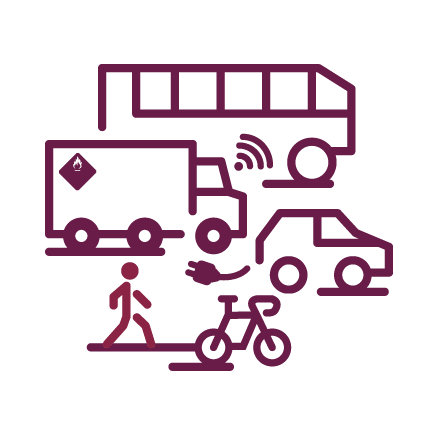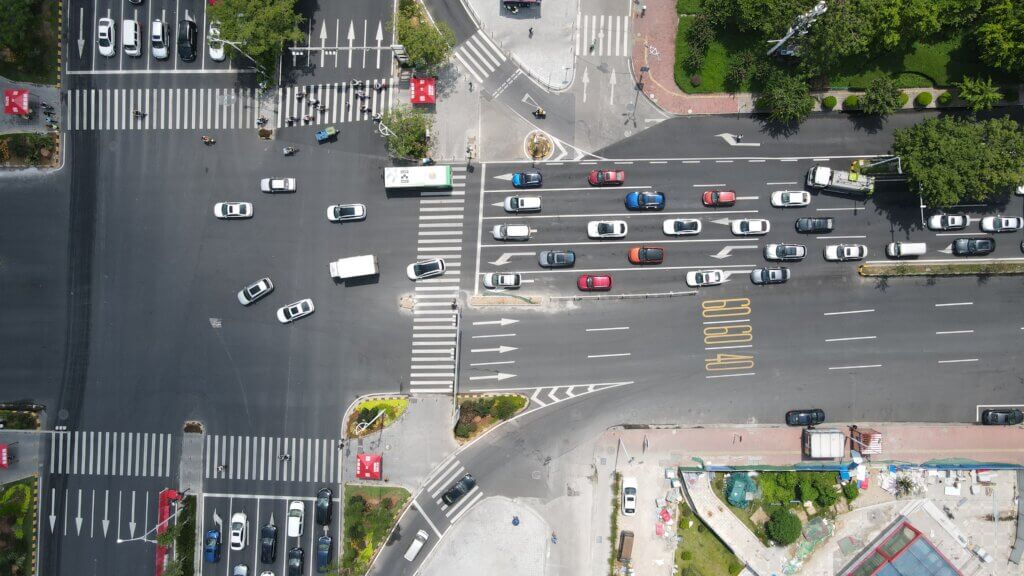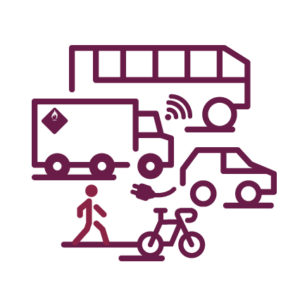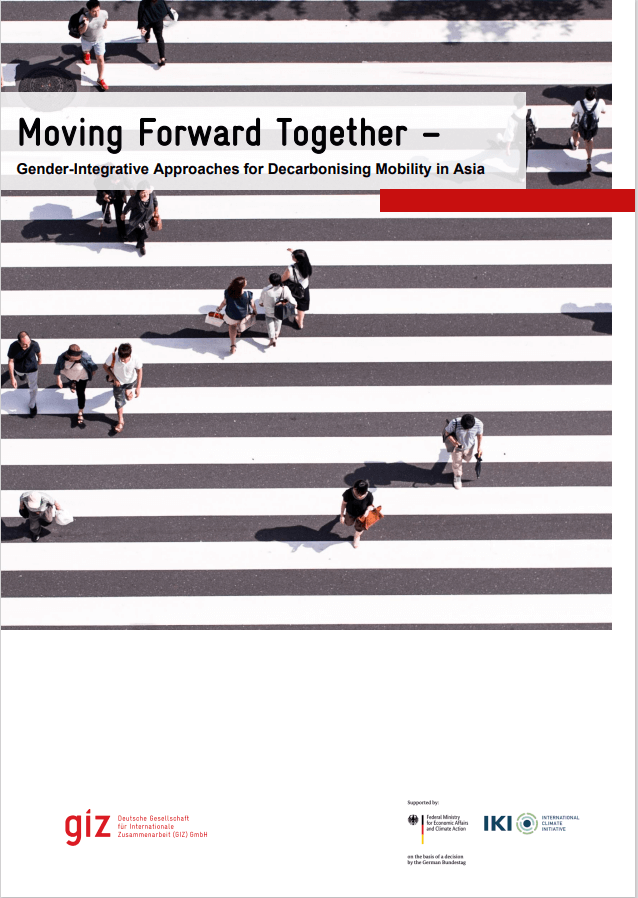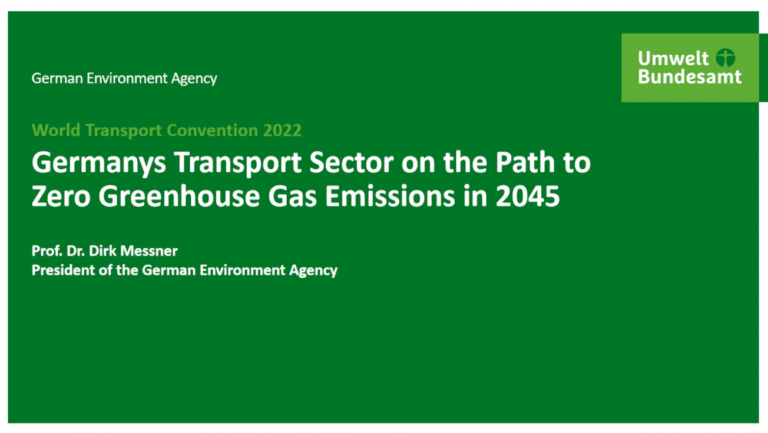Author: Gregor Bauer (GIZ)
On 25th March, 2022, as a key milestone of the Sustainable Urban Mobility Plan (SUMP) for Foshan, a Strategy Workshop was held online by the project implementation team from the China Sustainable Transportation Center (CSTC) and the Sino-German Cooperation on Low-Carbon Transport (CLCT) project of the Deutsche Gesellschaft für Internationale Zusammenarbeit (GIZ) GmbH. The workshop was aimed at finalising the core elements of the strategy for the SUMP Foshan: scenario selection, vision, and objectives. Participants of the workshop included representatives of the Foshan Municipal Transportation Bureau (Foshan TB), the Foshan Public Transport Management Company (Foshan TC Company), the Foshan Bureau of Natural Resources, local experts from the Foshan Institute of Urban Planning and Design, as well as representatives of the China Academy of Transportation Sciences (CATS), the Zhundian Public Traffic Institute, and the Shenzhen Urban Transport Planning Center (SUTPC)

The elements of the strategy were previously drafted by experts from CSTC, building upon a comprehensive status quo analysis, as well as on the results of citizen and stakeholder surveys aimed at identifying local needs, and gathering citizens’ experiences and preliminary stakeholder input. During the workshop, the stakeholders and experts first discussed the practicability of three different development scenarios – in addition to a ‘business as usual’ (BAU) scenario – which serve as an estimation of the future of mobility in Foshan (by 2035) along a set of development indicators, as well as a modelled projection of the outcome of policies aimed at increasing green mobility. The scenario selection thereby directly informs the establishment of a common vision and the key objectives of the SUMP.
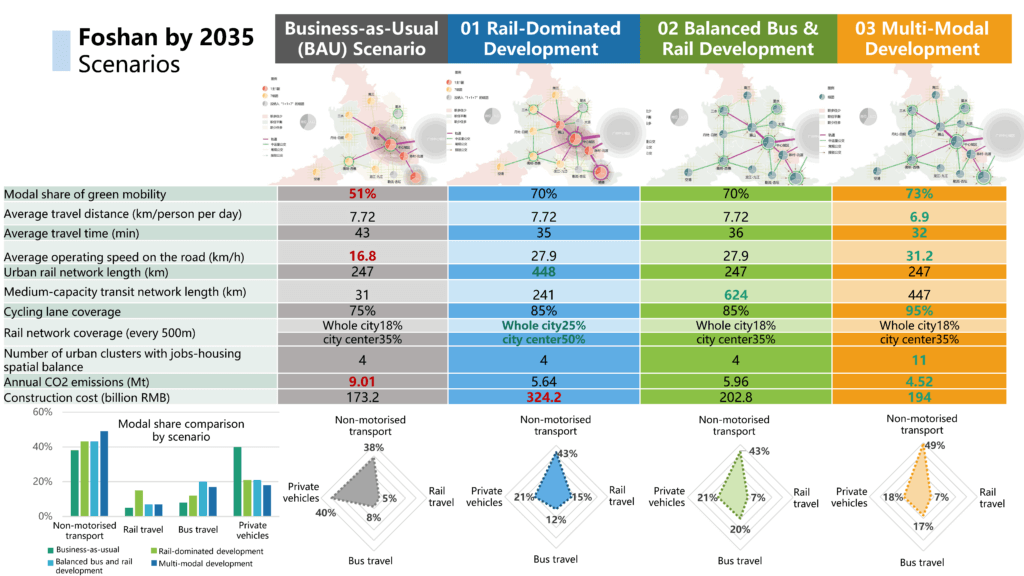
Building upon the BAU scenario, which by 2035 foresees long average travel duration (43mins), relatively low rail and bus coverage, a high modal share of private vehicles (40%), and continued growth in annual CO2 emissions from the Foshan transport sector (9.01 Mt), three scenarios estimate varying degrees of development toward a higher share of green mobility (including walking, cycling, and public transport). The first emphasises rail development, estimating a decrease in the modal share of private vehicles to 21%, triple the share of rail travel to 15% compared with the BAU scenario, and significantly lower annual CO2 emissions (5.64 Mt). The second foresees harmonised development of both the rail and bus networks. Under that scenario, predictions of several indicators are same as the rail scenario, such as a 7.72 km average travel distance, the 21% share of private vehicles in the modal split, or a 43% share in non-motorised travel. The scenario predicts only a 7% share in rail travel and a slightly lower reduction in emissions than the rail-focused scenario (5.96 Mt), but a higher share in bus travel (20%) with a significant expansion of the bus network.
The scenario that received the most interest as an ambitious and practicable estimation of Foshan’s future mobility was the third, multi-modal scenario. With an added emphasis on active mobility, which participants agreed was undergoing rapid development in Foshan, this scenario provided the lowest estimates of average travel distance (6.9km) and duration (32mins), as well as the lowest predicted annual CO2 emissions (4.52 Mt).
The discussion of the modelled scenarios demonstrated the confidence of local stakeholders and experts in Foshan’s transition toward green mobility. It validated the formulation of the qualitative SUMP vision for a Green, Efficient, and Safe mobility landscape in Foshan, and provided a blueprint for quantitative objectives of the SUMP. During the Strategy Workshop, stakeholders and experts gave specific suggestions for these objectives, including an average travel distance and duration, the coverage of rail and bus networks, or annual CO2 emissions, as well as justifications for their practicability. The integration of the discussion results into the SUMP will be finalised in direct exchanges with the Foshan TB.
Experts from CSTC further provided a tentative set of 37 city-level measures reflective of the key elements of the vision discussed during this Strategy Workshop and chiefly aimed at increasing the share of green mobility and fostering integrated planning. The measures were divided into six ‘measure packages’ that directly correspond with the core tenets of the vision for a Foshan that is Green, Efficient, and Safe:
- Building a rail network that is adapted to the urban structure
- Achieving a multi-level bus corridor layout to match passenger demand
- Building a seamless and integrated public transport system
- Strengthening the management of motor vehicle demand
- Creating a mobility environment that is socially inclusive, safe, and friendly to all ages
- Creating a high-quality, vibrant space for active mobility
Concluding with a brief discussion among the stakeholders and experts on these draft measures and their practicability then provided further guidance for their revision and the development of further specific measures reflective of the strategy for the SUMP Foshan. A broader discussion of these measures with stakeholders also from the Chancheng district level, where a showcase area of the SUMP had been previously defined, will be conducted in the coming weeks.
Commissioned by the Sino-German Cooperation on Low Carbon Transport (CLCT) project, the SUMP Foshan pilot is implemented by the China Sustainable Transportation Center (CSTC) together with the city of Foshan and with support from Rupprecht Consult, the authors of the EU Guidelines for Developing and Implementing A Sustainable Urban Mobility Plan.
For further information on the SUMP project in Foshan, please see the introductory article on our website or contact Dr Marie Peters, Senior Advisor at CLCT, or Gregor Bauer, Junior Advisor at CLCT, via Transition-china@giz.de
